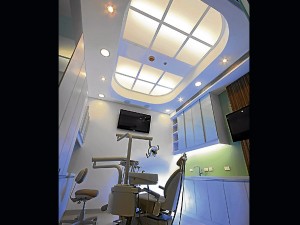The growth of the country’s manufacturing output slowed to 1.2 percent year-on-year in September 2011, according to the National Statistics Office.
Manufacturing production started strongly with a 14.4-percent annual growth in January, then slowed in the succeeding months to a single-digit rate of around 3 percent in April and May.
Hardly any growth was achieved in June, but the sector grew at a faster pace of 4.7 percent in July before slowing again in August to 1.7 percent.
“The numbers reflect the continued uncertainty and sluggishness of major markets around the world and its effect on countries like the Philippines,” economist Dr. Cid L. Terosa of the University of Asia and the Pacific said in a text message.
Officials of the Computer Manufacturers, Distributors and Dealers Association of the Philippines (COMMDDAP) also said in a briefing in Makati City that government underspending, coupled with cautiousness by certain consumer segments such as beneficiaries of overseas Filipino workers (OFWs), also dampened orders.
“Although our OFWs are still employed and remittances continue to grow, they and their beneficiaries are not spending as much as they used to because they want to keep their savings in case jobs get affected by political turmoil in some countries in North Africa and the economic uncertainties in Europe and the United States,” COMMDDAP president Juan G. Chua said.
The NSO also recorded a month-on-month contraction in manufacturing output in August and September, which it attributed to the slower production output of the basic metals sector, offsetting the two-digit increases reported by six major sectors.
Manufacturers operated at an average of 83.2 percent of total capacity, NSO said.
Eleven of the 20 major sectors registered capacity utilization rates of at least 80 percent, namely: basic metals, petroleum products, food manufacturing, electrical machinery, non-metallic mineral products, paper and paper products, rubber and plastic products, miscellaneous manufactures, chemical products, machinery except electrical and leather products.
The proportion of establishments that operated at full capacity (90 to 100 percent) was 15.3 percent in September 2011.
About 61.1 percent of the establishments operated at 70 to 89 percent capacity while 23.6 percent of the establishments operated below 70 percent capacity.


